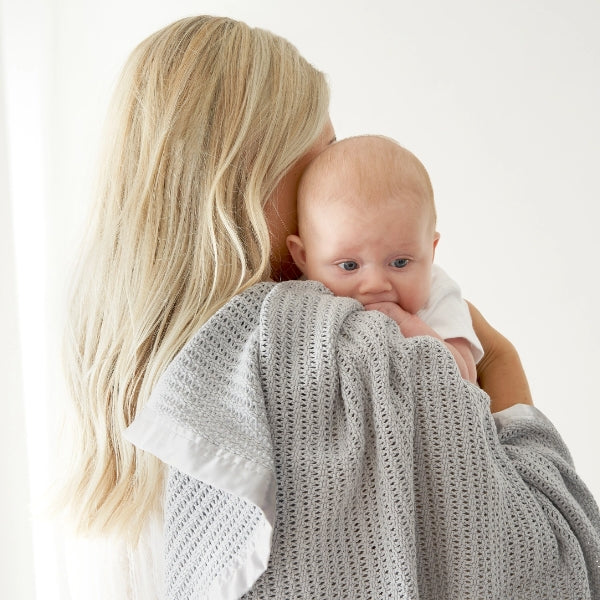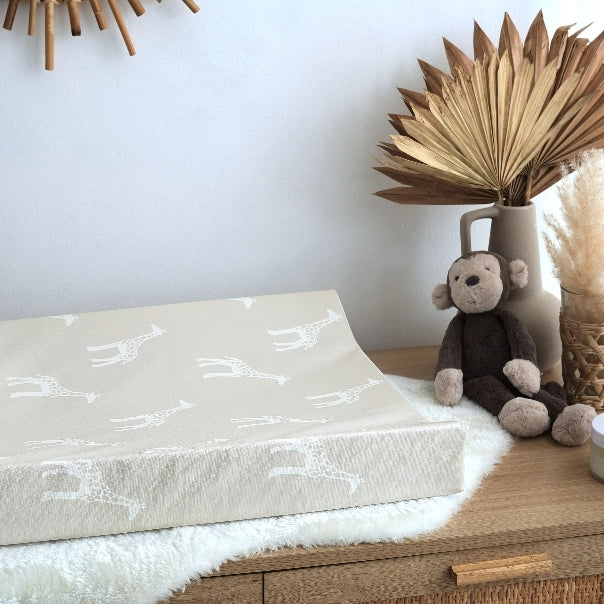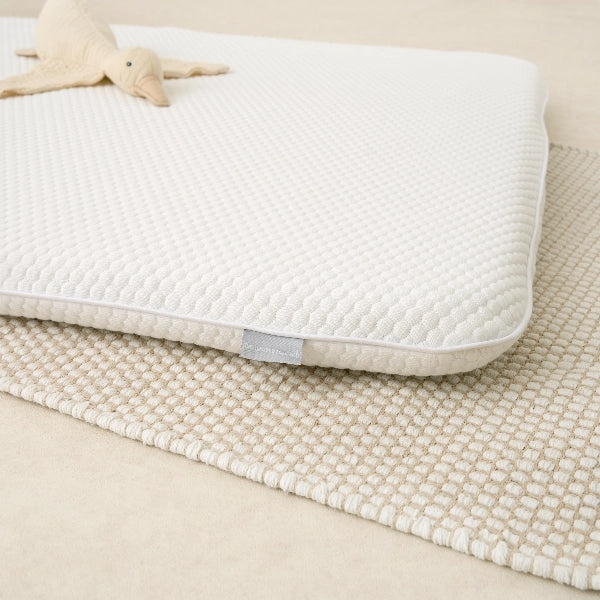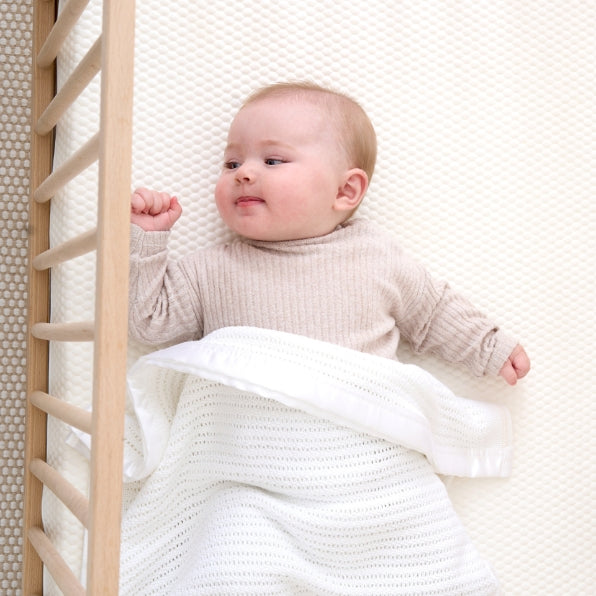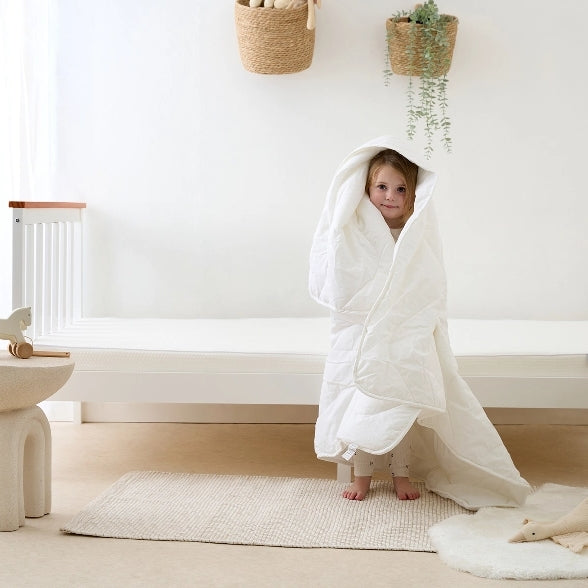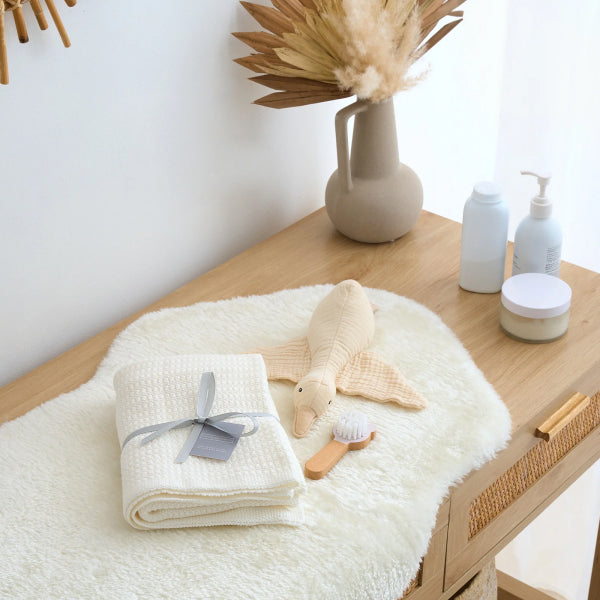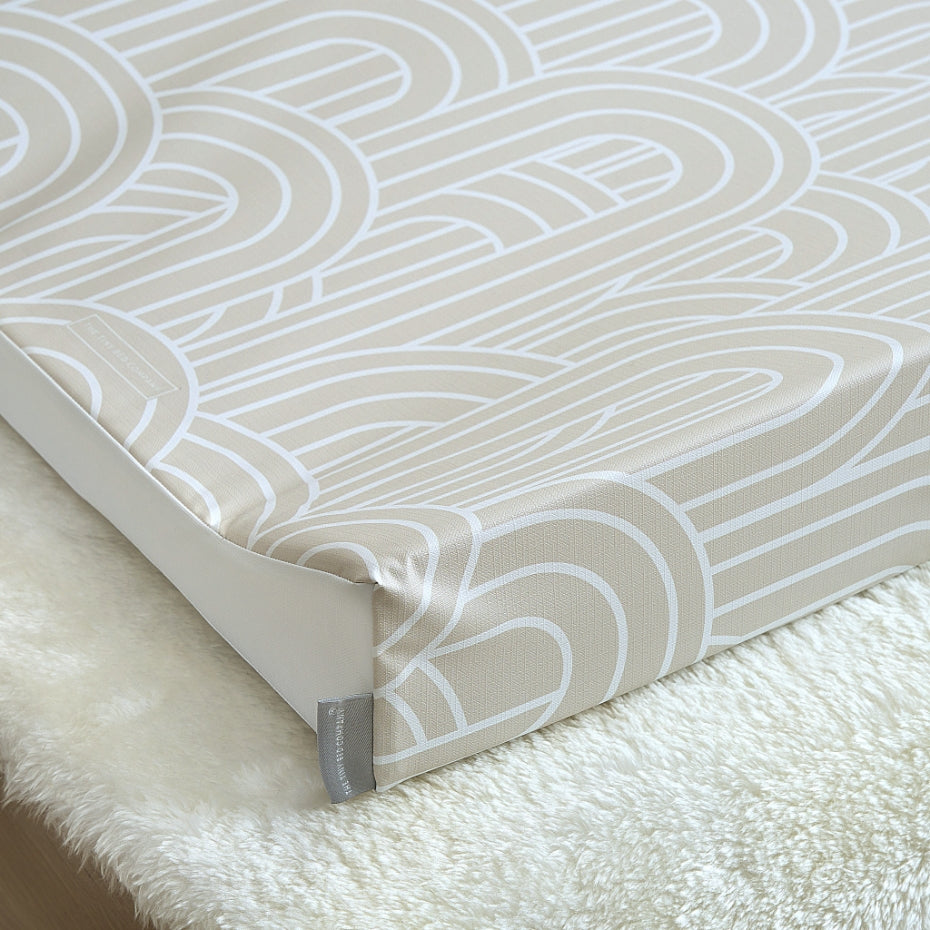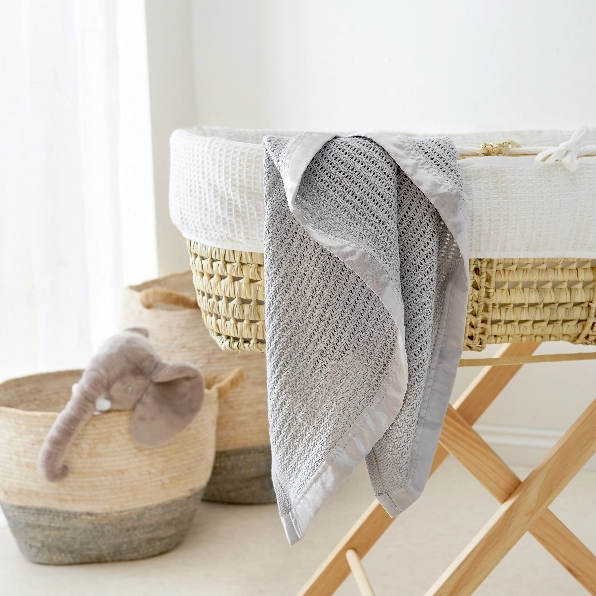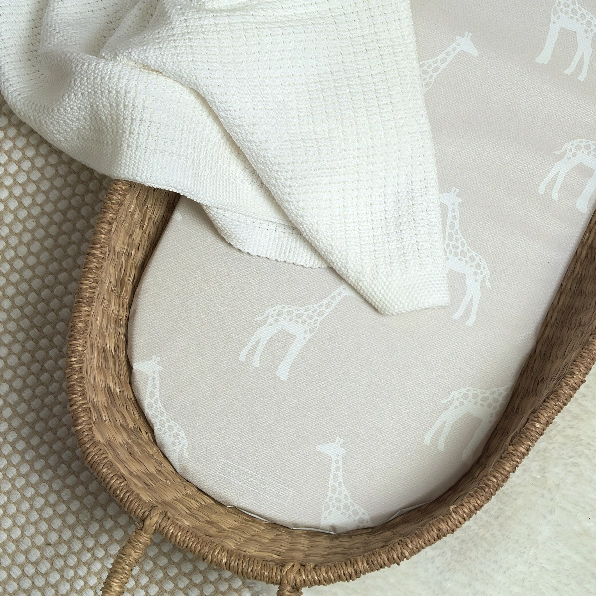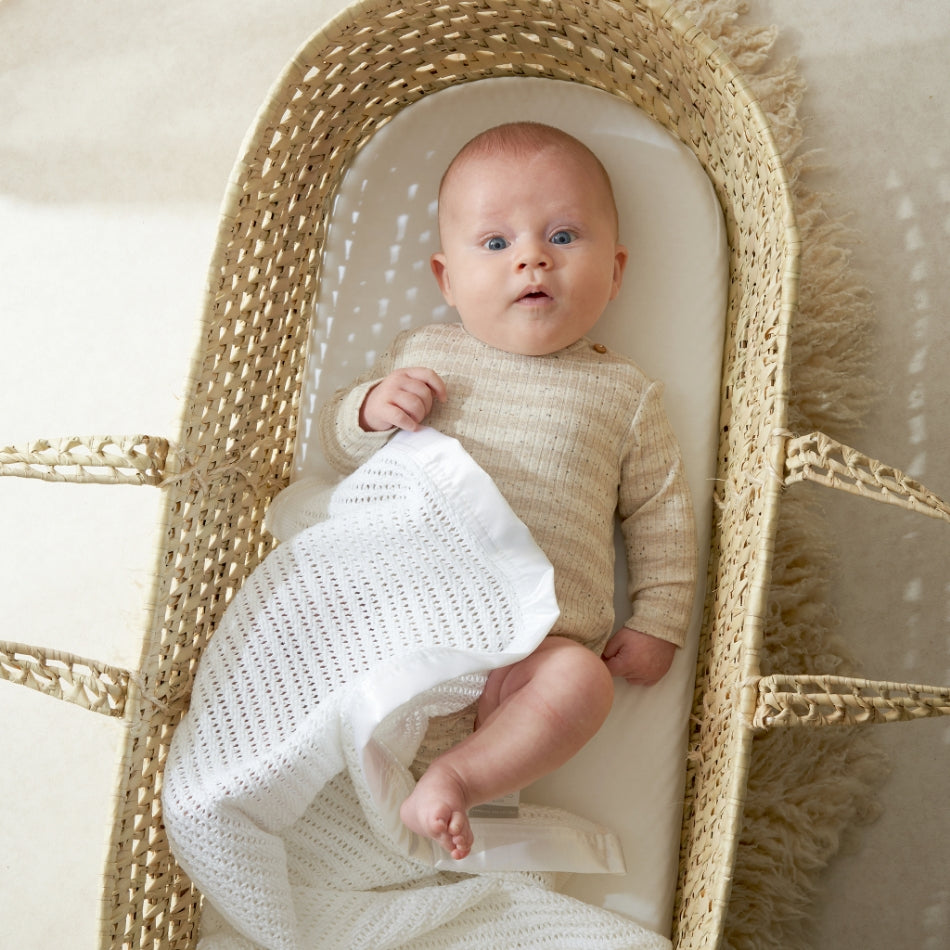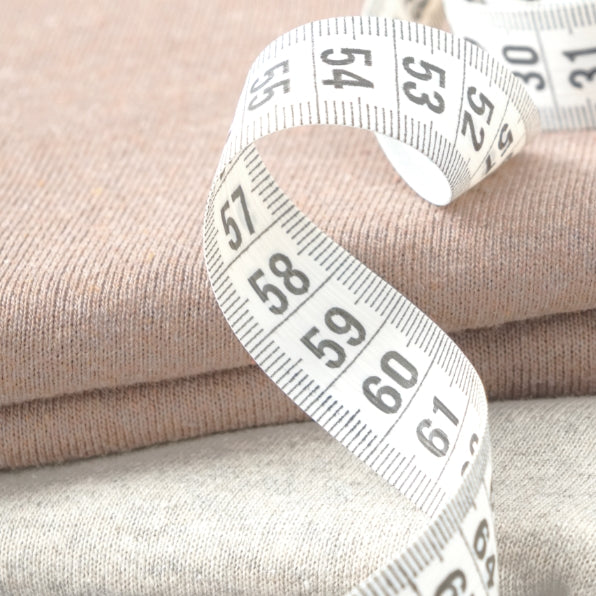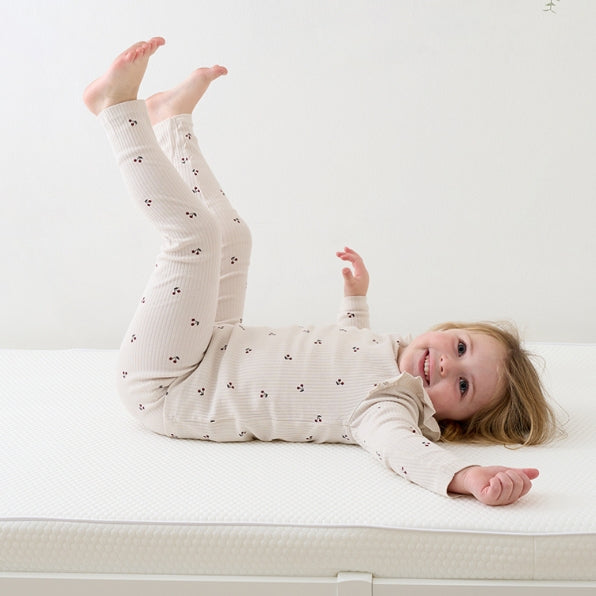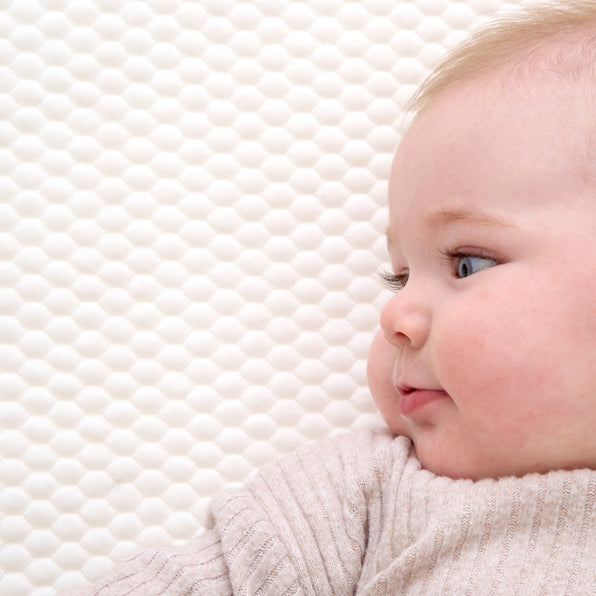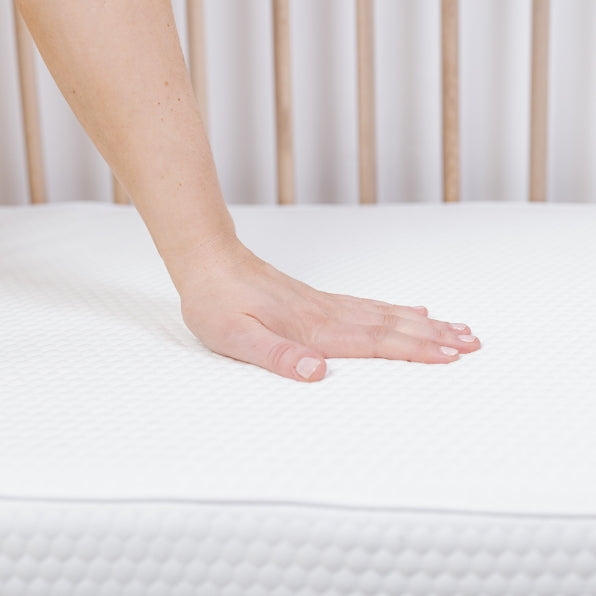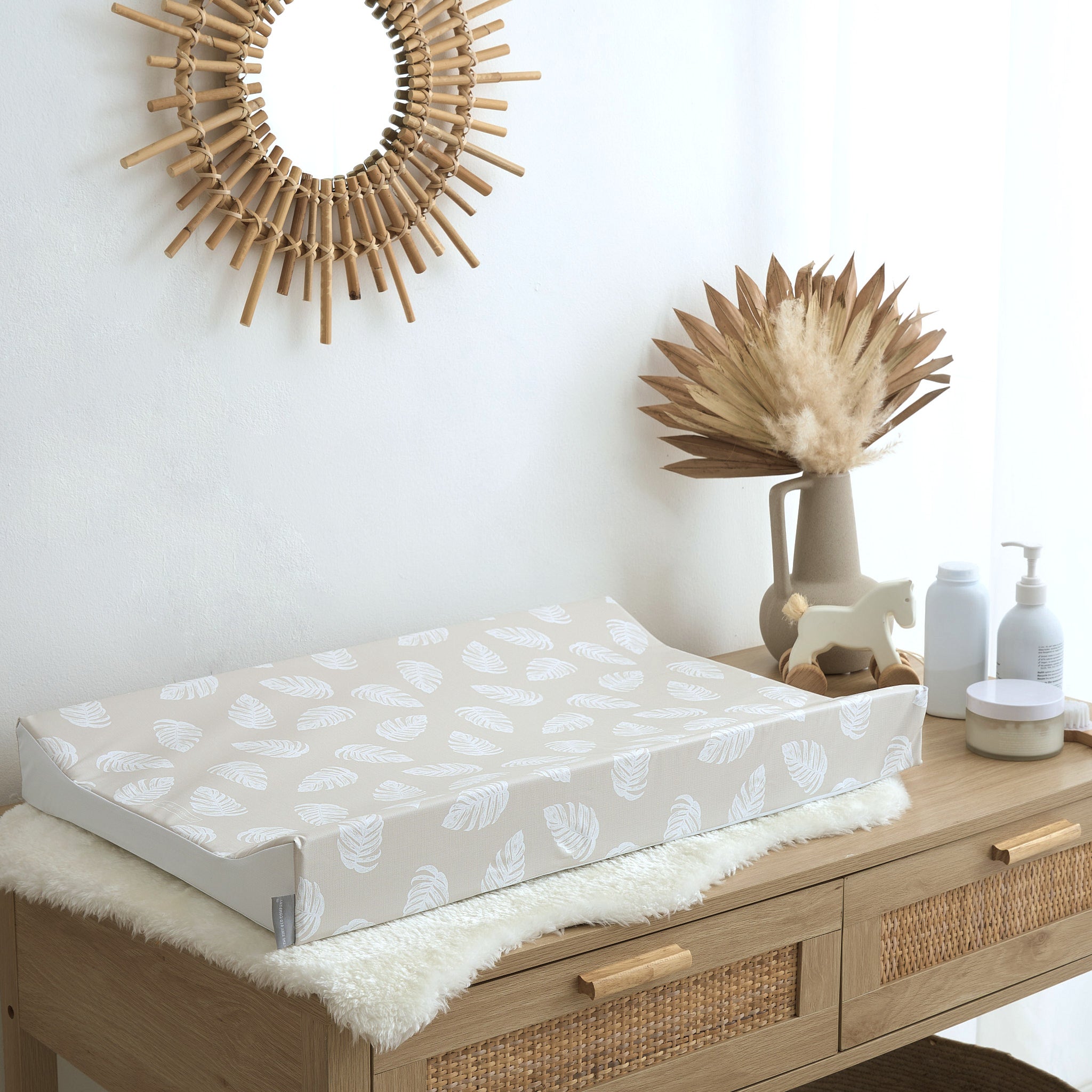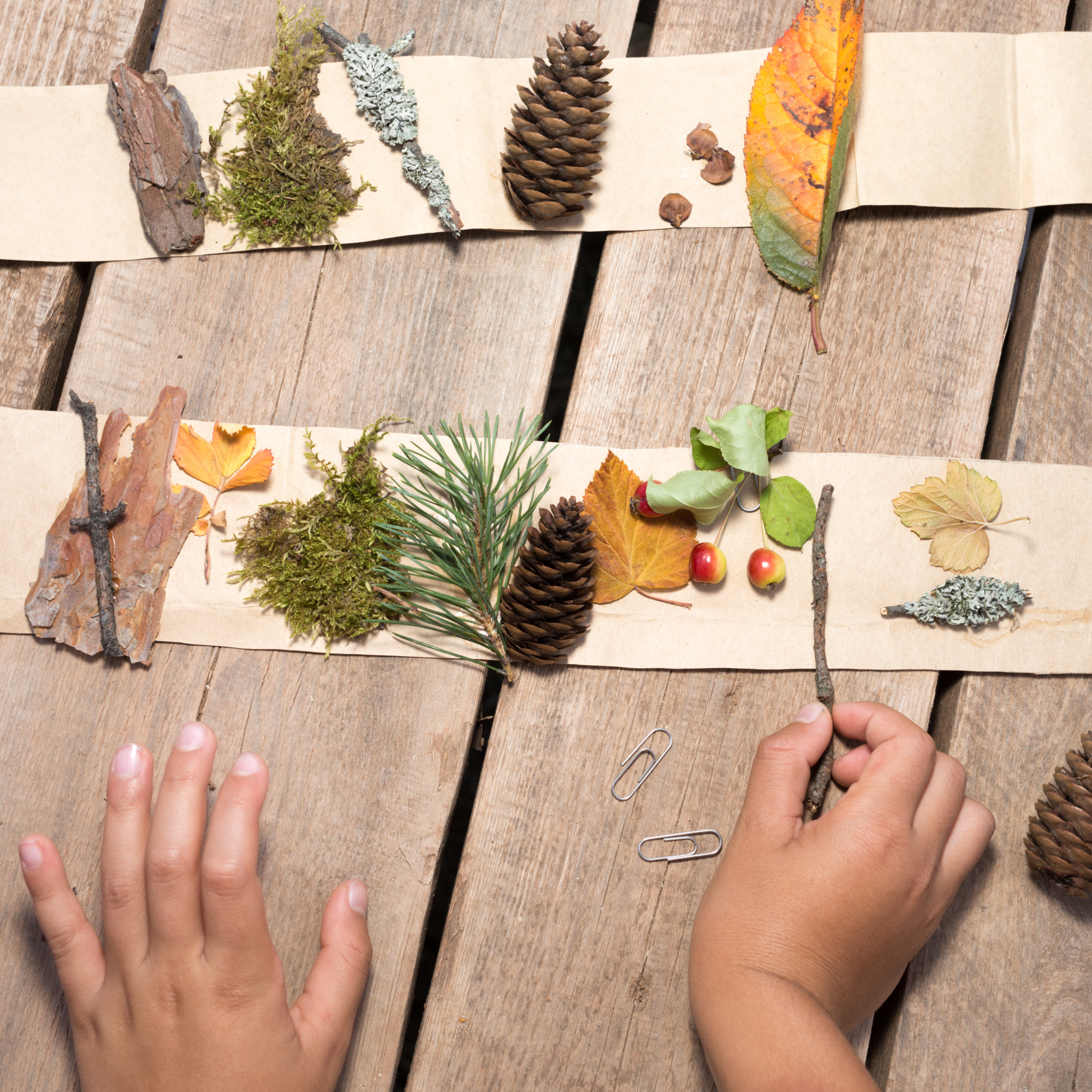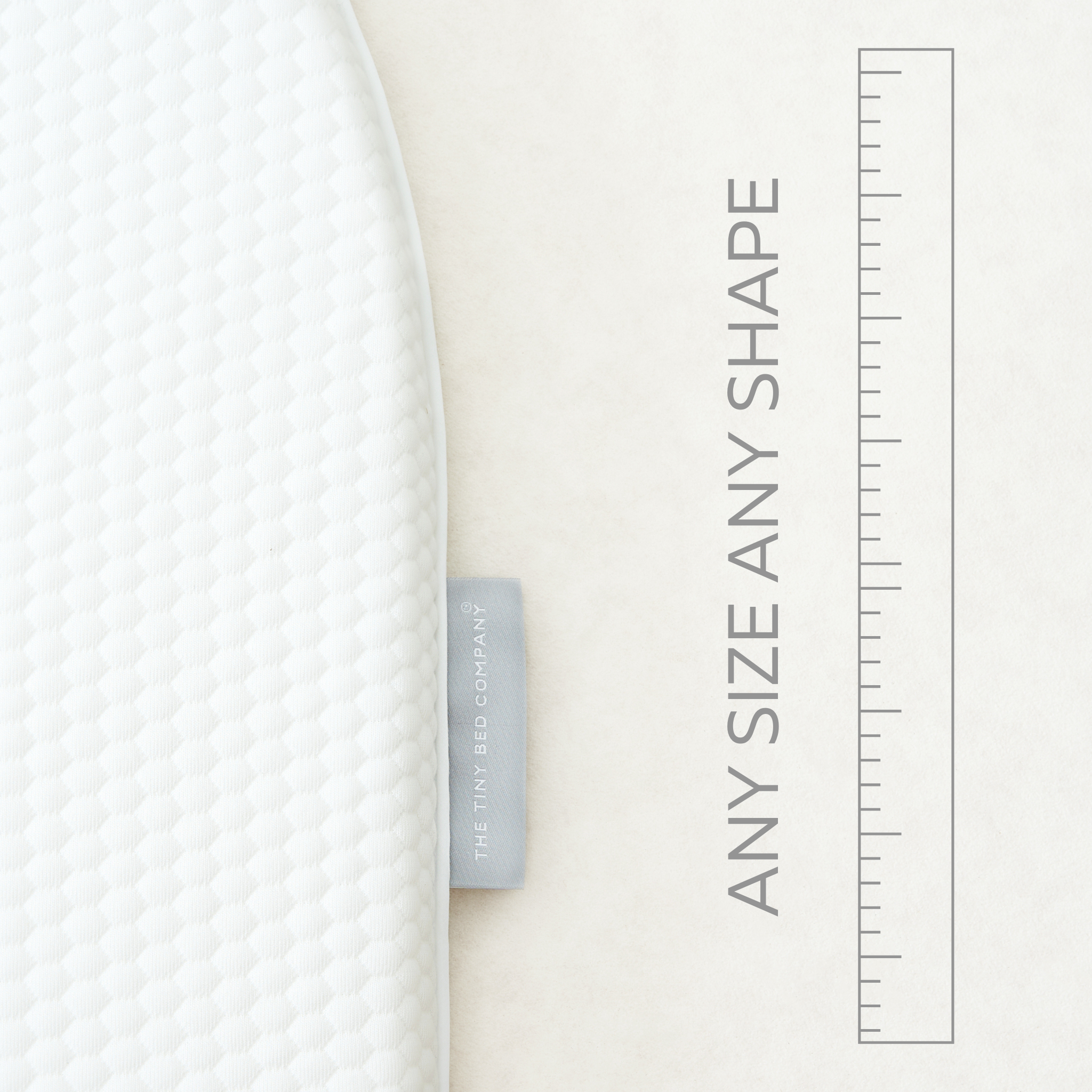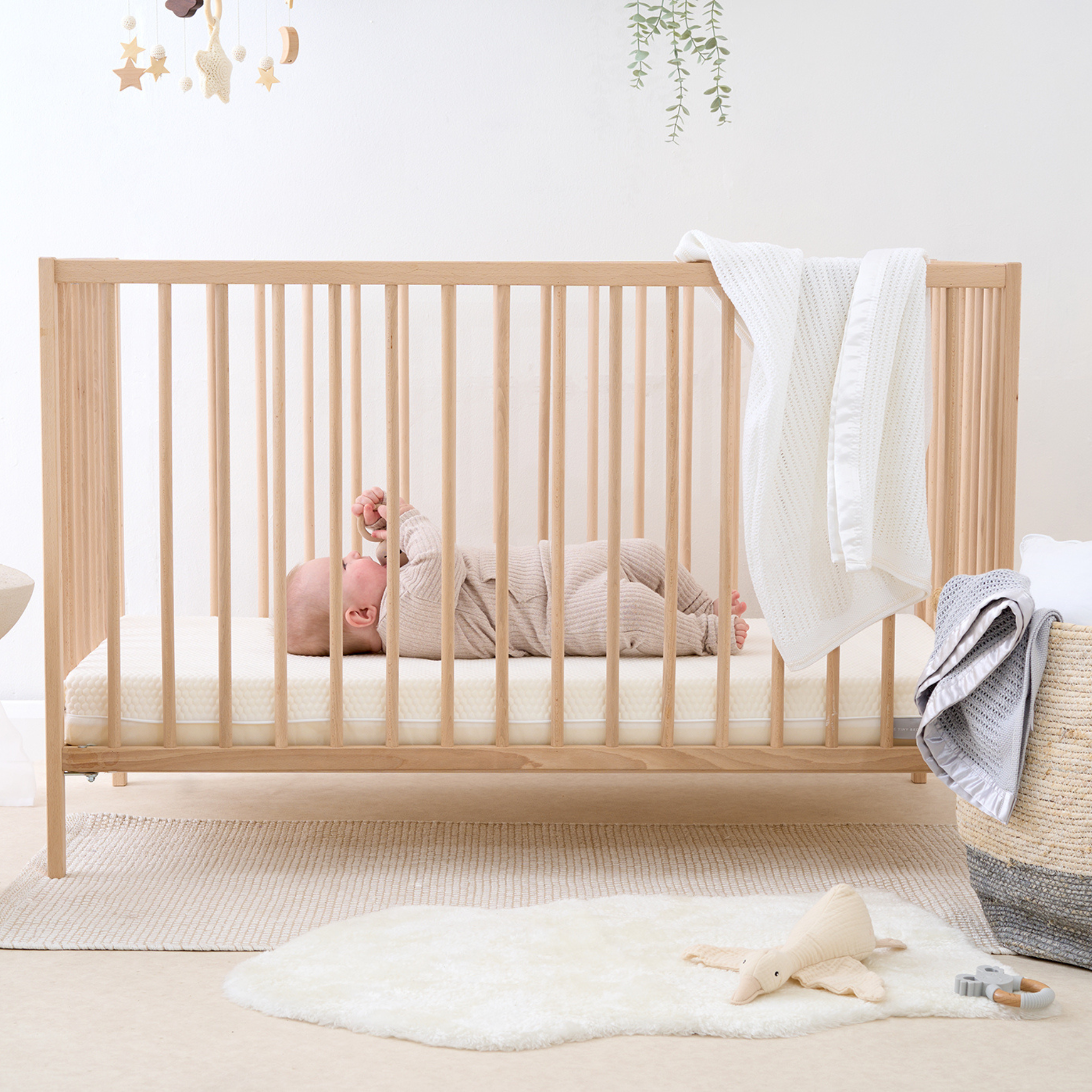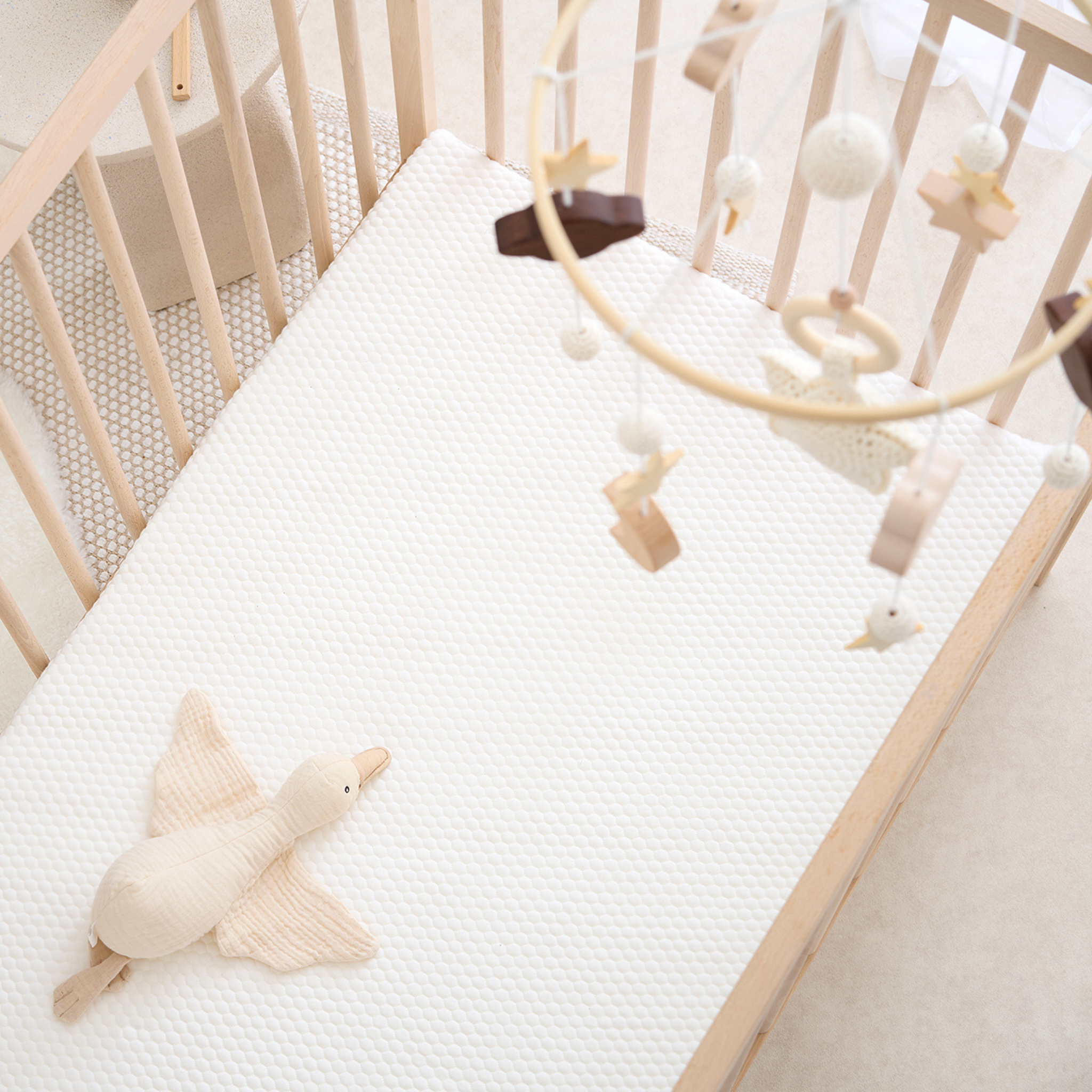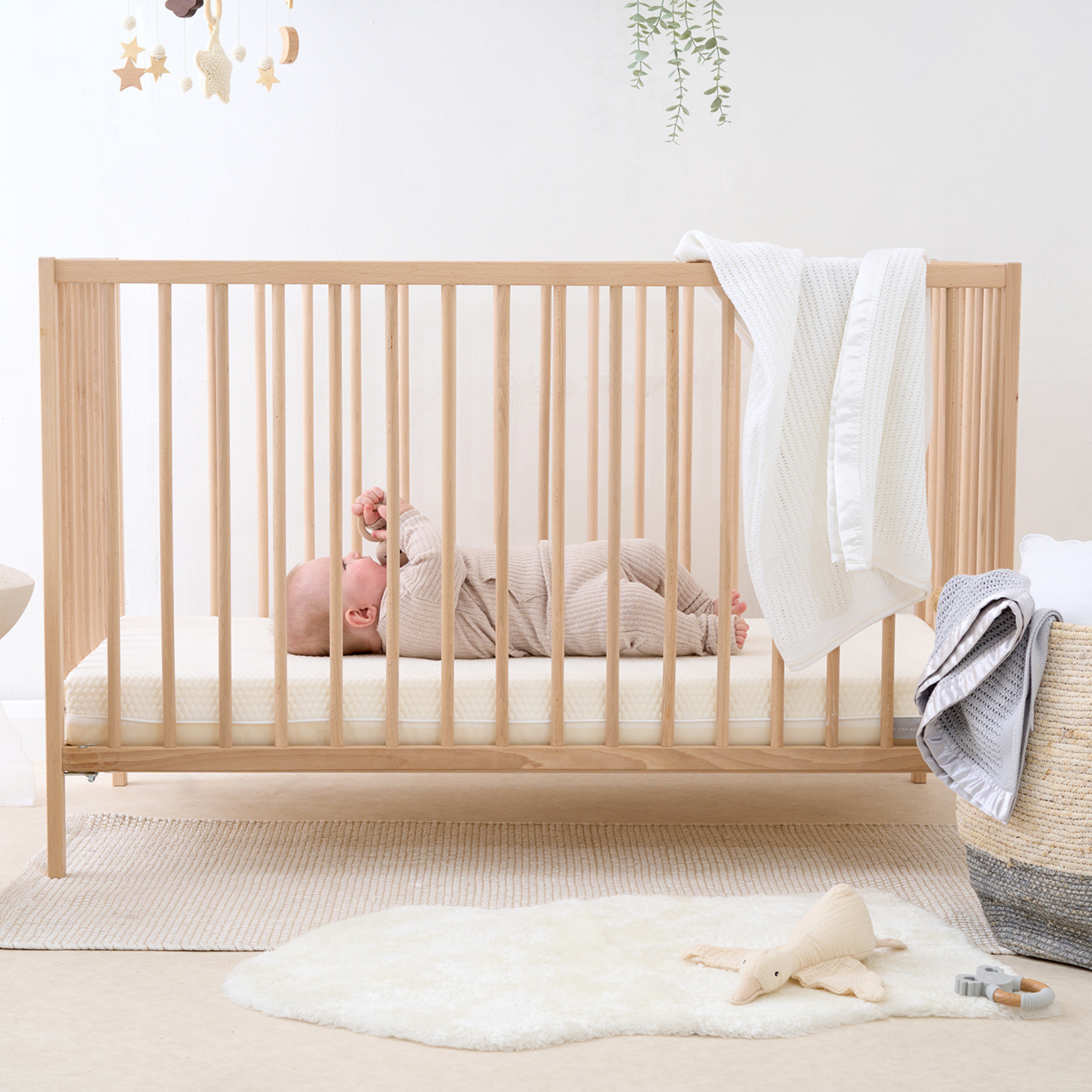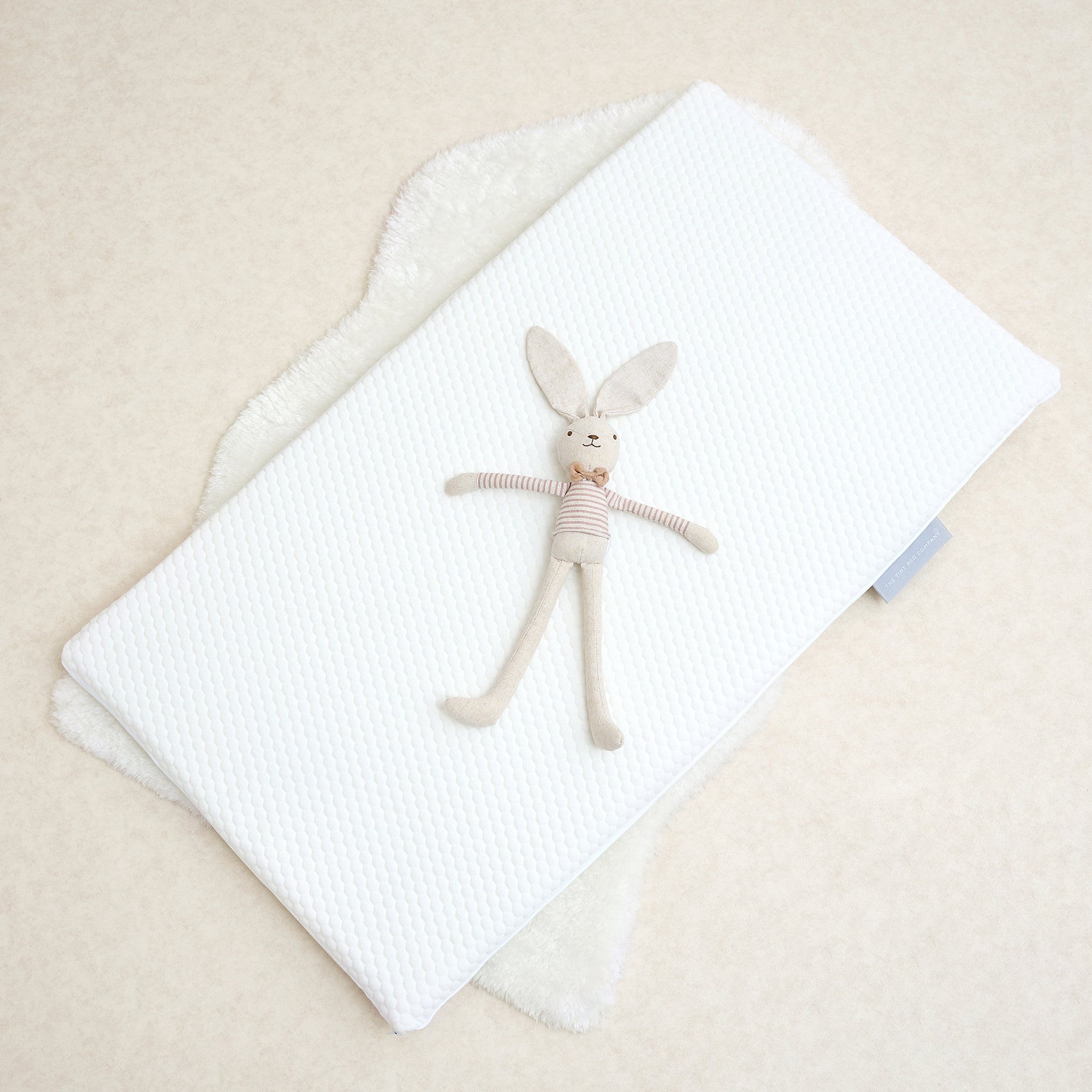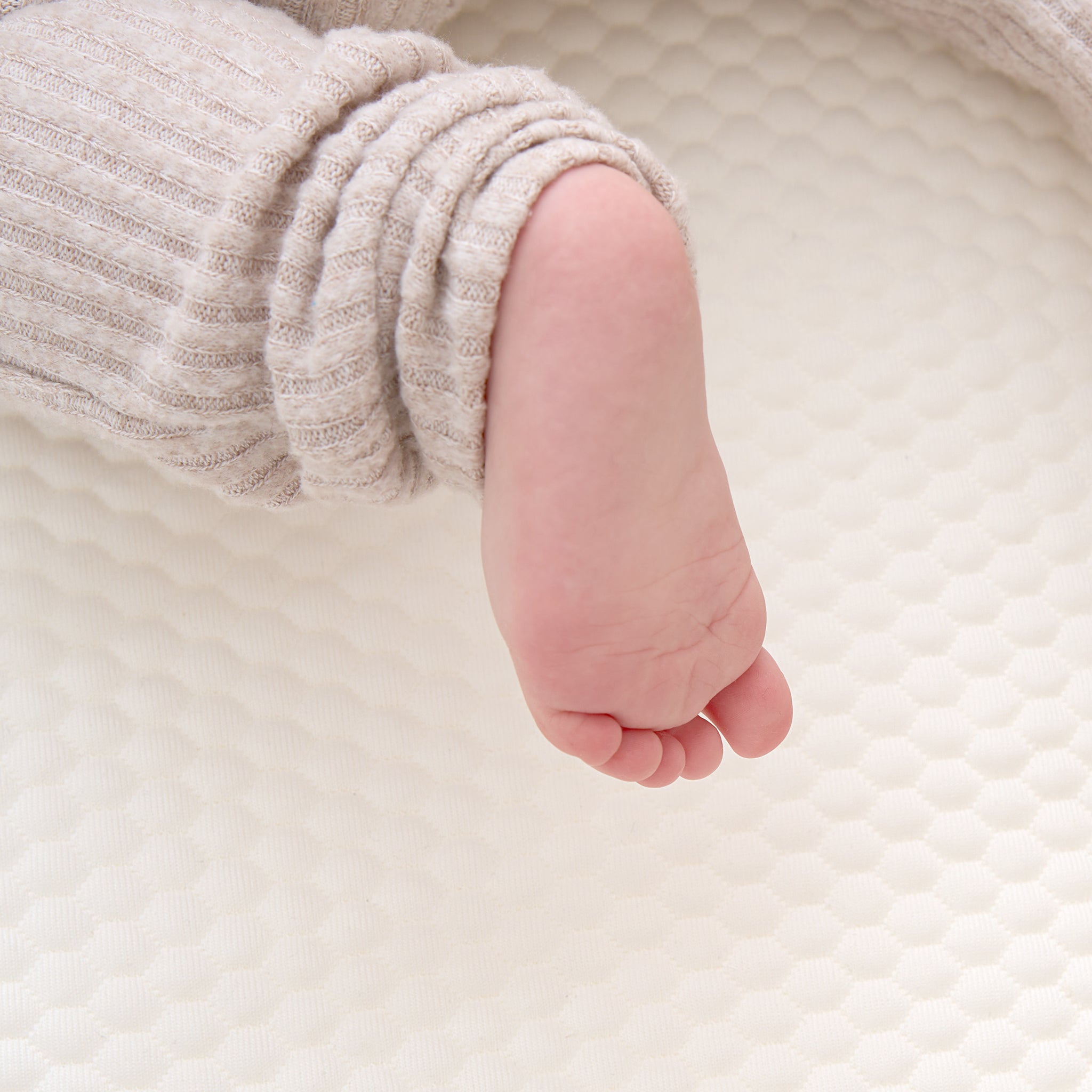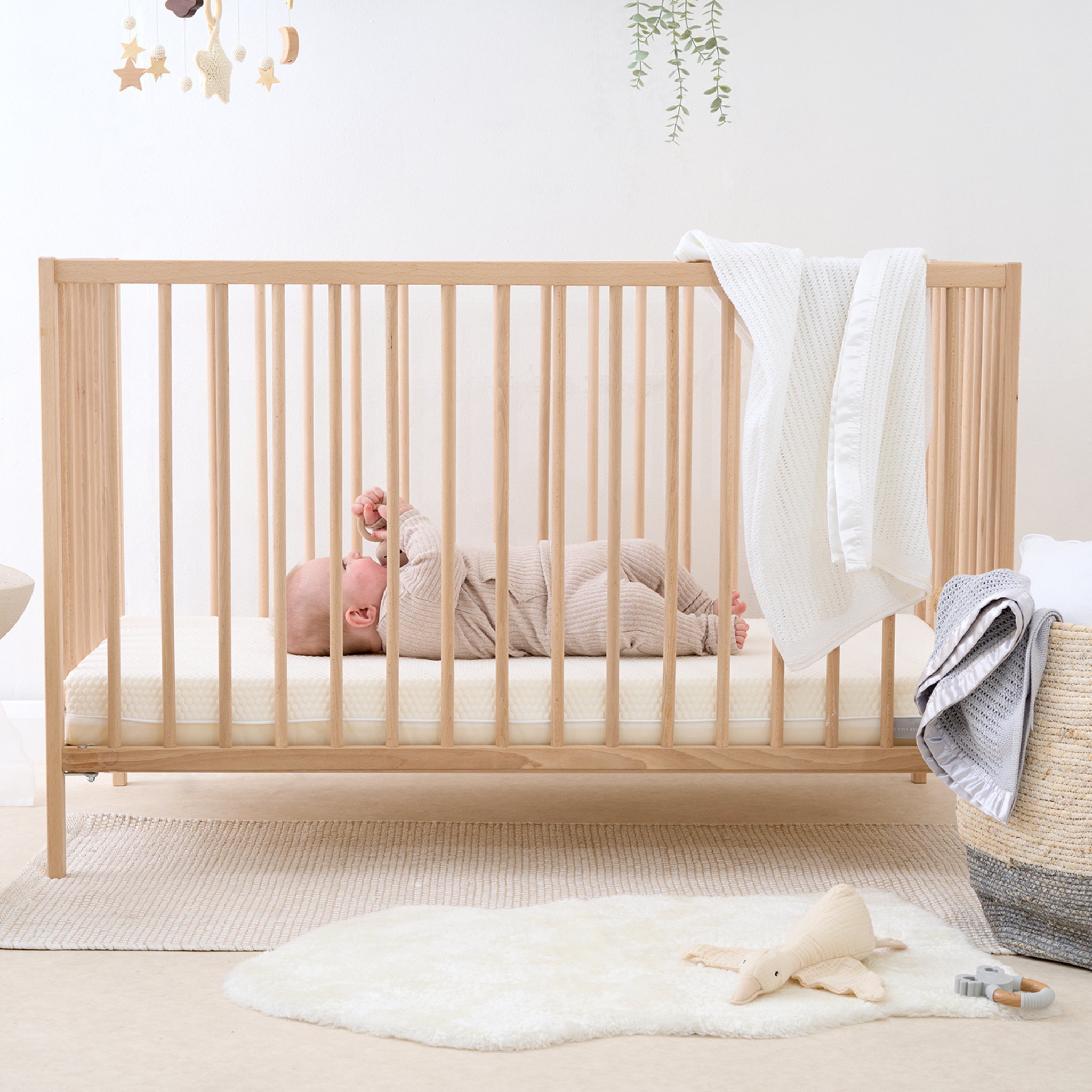A Baby’s First Time Sitting: A Big Milestone for Little Ones
Watching your baby reach new milestones is one of the most heartwarming experiences as a parent. One such exciting moment is when your baby sits up for the very first time. It’s a big step in their development, marking the beginning of a new level of independence. Not only does it give them a new perspective on the world, but it also allows them to engage more actively with their surroundings. But how do you know when your little one is ready to sit up, and what can you do to help them along the way?
When Do Babies Start Sitting?
Most babies begin to sit up on their own between 4 and 7 months of age. Of course, every baby is different, so it’s important to remember that some might take a little longer to master the skill. Sitting up requires a good deal of muscle strength, particularly in the neck, back, and core, so the timing will depend on your baby’s physical development.
Before sitting up independently, babies usually start by supporting themselves with their arms while propped up in a sitting position. Over time, their balance improves, and they begin to sit without assistance. By 8 or 9 months, many babies are able to sit confidently for longer periods and even twist and reach for toys without toppling over.
How Can You Help Your Baby Sit?
There are plenty of ways you can encourage your baby to sit up for the first time. Here are some helpful tips to support their journey to sitting independence:
1. Tummy Time: Spending time on their tummy helps babies develop the strength in their neck, back, and shoulders that’s needed for sitting. The more they practise lifting their head and pushing up on their arms, the more they build the muscles required to sit.
2. Use Support: Before they can sit on their own, prop your baby up with cushions or pillows. This gives them a feel for the sitting position while also providing safety if they start to lean or fall. Make sure to supervise them closely while they’re supported like this.
3. Encourage Interaction: Place toys or interesting objects just out of reach to encourage your baby to lean forward and practise balancing in a seated position. Sitting and reaching are great ways for them to hone their new skills.
4. Be Patient and Provide Plenty of Praise: Babies learn at their own pace, so it’s important to be patient and let them practise as much as they need. Celebrate each attempt and offer lots of positive reinforcement.
Signs Your Baby Is Ready to Sit
While some babies may seem keen to sit early on, others may take their time. It’s important to look for certain signs that your baby is ready to try sitting. These might include:
- Improved head control: Babies need to be able to hold their head up steadily before sitting can be achieved.
- Pushing up during tummy time: If your baby can push themselves up with their arms while on their tummy, this indicates developing strength.
- Rolling over: Babies who can roll from back to front and vice versa are often on their way to sitting, as rolling helps build core strength.
- Leaning forward while seated: If your baby is starting to lean forward in an attempt to sit up, this is a good sign they’re working towards independent sitting.
Safety Tips for Baby’s Sitting Time
As your baby starts to sit on their own, you’ll need to make sure their surroundings are safe. Babies are still a little wobbly when they first begin sitting, so a few precautions are necessary:
- Soft Surfaces: Ensure your baby is sitting on a soft surface, like a play mat or carpet, to cushion any tumbles.
- Supervision: Always supervise your baby as they’re learning to sit, especially if they’re seated on furniture or near any hard objects.
- Remove Hazards: Clear the area of any small objects or sharp corners that could cause injury if they fall or tip over.
The Joy of Firsts
The first time your baby sits up on their own is a memory to treasure. It’s one of the many milestones in their early development that gives you a glimpse of the independent little person they’re growing into. Whether your baby sits early or takes a little longer to master the skill, it’s all part of their unique journey.
So, grab your camera and be ready for that sweet moment when your baby discovers the world from a whole new perspective!
